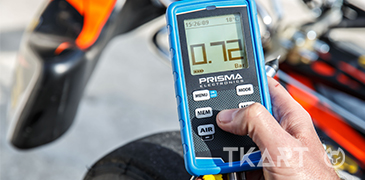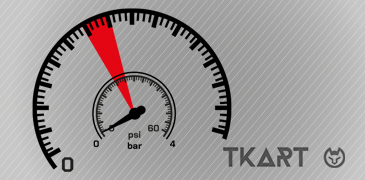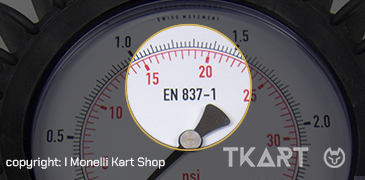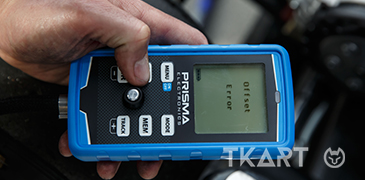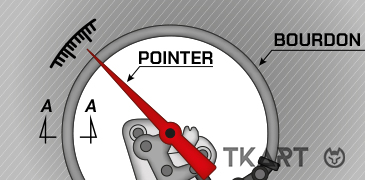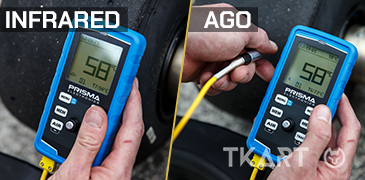First of all it is necessary to know that Bar and Psi are two quantities that measure the same physical phenomenon, pressure, but under two distinct systems. In fact, while Bar is part of the C.G.S. (Centimetre, grams, seconds), Psi (Pounds for Square Inches or pounds per square inch) is a quantity included in the systems used in Anglo-Saxon countries. This helps us to understand why in some countries like the United States, the United Kingdom and Australia, it is much more common to use Psi, while in Europe, for example, when it comes to tyre pressure, reference is made to Bar measurements.
Having clarified this difference, it can be said that in absolute terms the adjustments made to tyres in terms of pressure can be finer and better targeted if carried out taking into account Psi, for a mere question relating to the greater accuracy of the scale.
In fact, 1 Bar corresponds to 14.50 Psi, while 1.01 Bar corresponds to 14.65 Psi. This small example shows how a change of 0.01 bar corresponds to a change of 0.15 Psi and, therefore, it is evident that the Psi scale is more accurate than the Bar scale. Obviously, these are minimal differences, to be considered only if these measurements are made with instruments that can ensure the same level of sensitivity and accuracy.

 Exclusive Content
Exclusive Content
